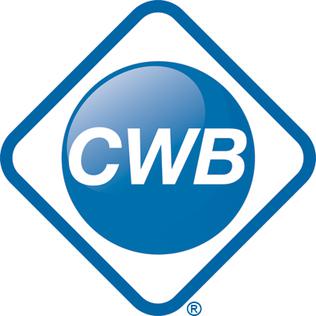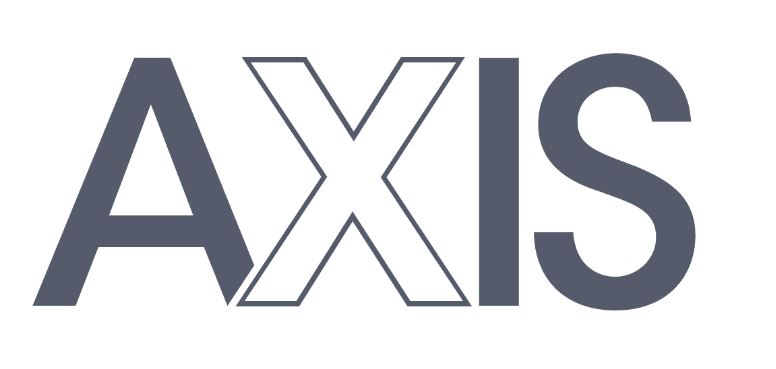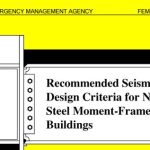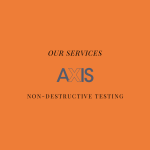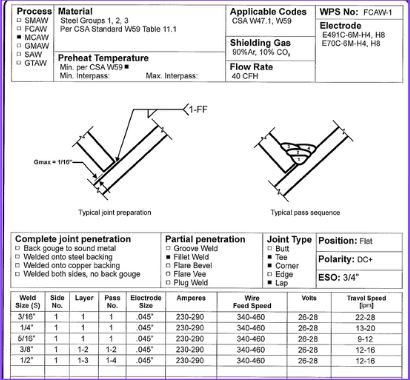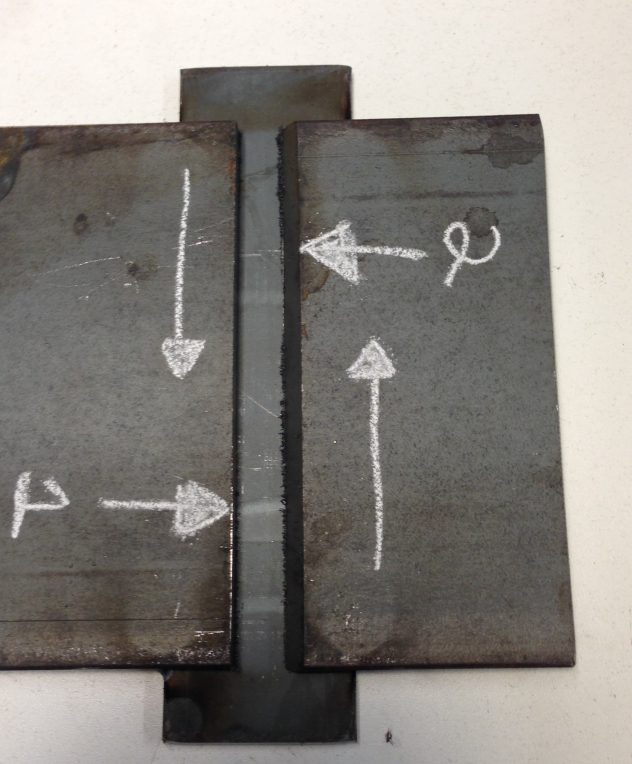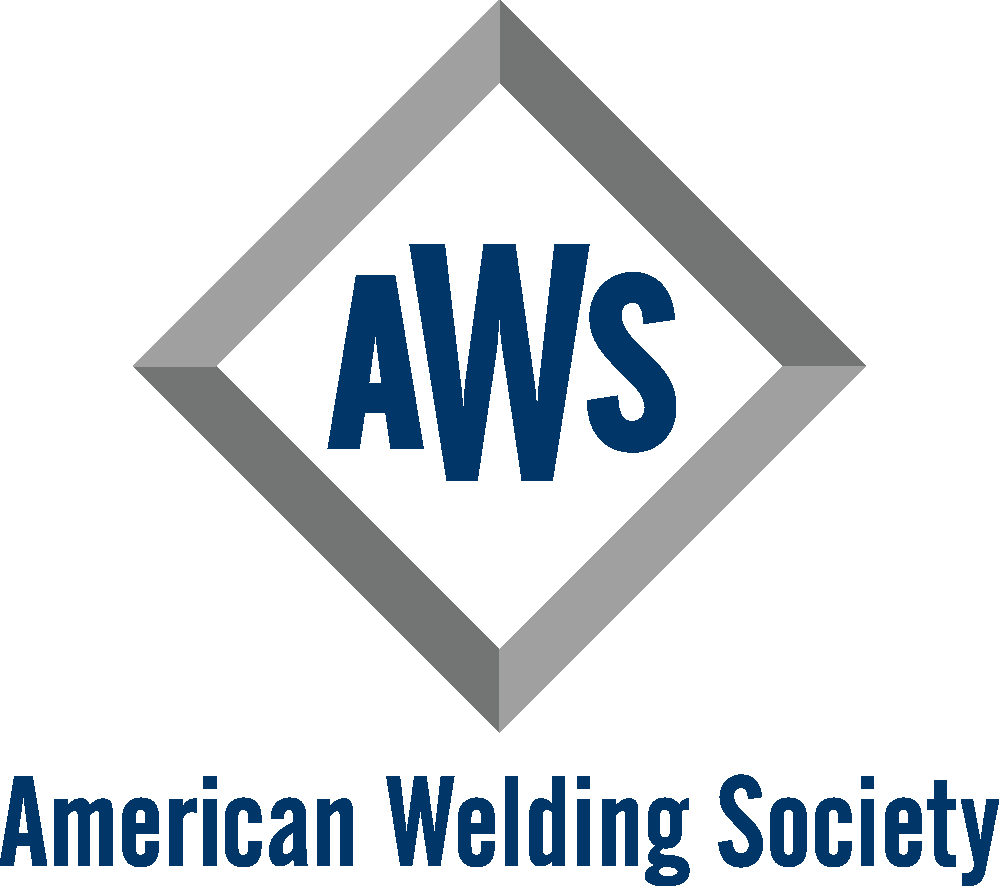
AWS & CSA
AWS D1.1, AISC 303, and CSA S16 are three necessary codes of practice that govern the design, fabrication, and erection of steel structures. These codes are widely used by engineers, fabricators, and contractors in North America and are recognized as industry standards for ensuring the safety and reliability of steel structures.
AWS D1.1 is the most widely used code for welding structural steel. It covers the requirements for welding processes, procedures, and performance qualification. The code also specifies welds’ inspection and testing requirements, including visual inspection, radiographic testing, ultrasonic testing, and magnetic particle testing. Contractor inspection, verification inspection, and testing are the owner’s prerogatives. It is important to note that the inspection requests are different, and AWS D1.1 needs to be more precisely specified.
AISC 303-22 Code of Standard Practice guides the fabrication and erection of structural steel buildings and bridges. The code covers many aspects of the construction process, including design responsibilities, fabrication tolerances, and erection procedures. It also includes requirements for quality control programs for fabricators and erectors and independent inspection. Section 8.5 specifies the scope of inspections, which consists of all welds at suitable intervals.
CSA S16-19 is the Canadian standard for the design of steel structures. Annex P is informative but written in mandatory language. CSA does not provide direction for QC (internal shop) fabrication. Clause 30.5 outlines the fabricator inspection requirements. The standard covers design requirements for steel structures, including load and resistance factor design (LRFD). It also includes requirements for fabrication and erection, as well as welding procedures and inspection requirements.
In summary, AWS D1.1, AISC 303, and CSA S16 are necessary codes of practice for the design, fabrication, and erection of steel structures. Each code covers different aspects of the construction process, and engineers, fabricators, and contractors need to be familiar with the requirements of each code. By adhering to these codes, we can ensure that steel structures are safe, reliable, and built to the highest standards.
